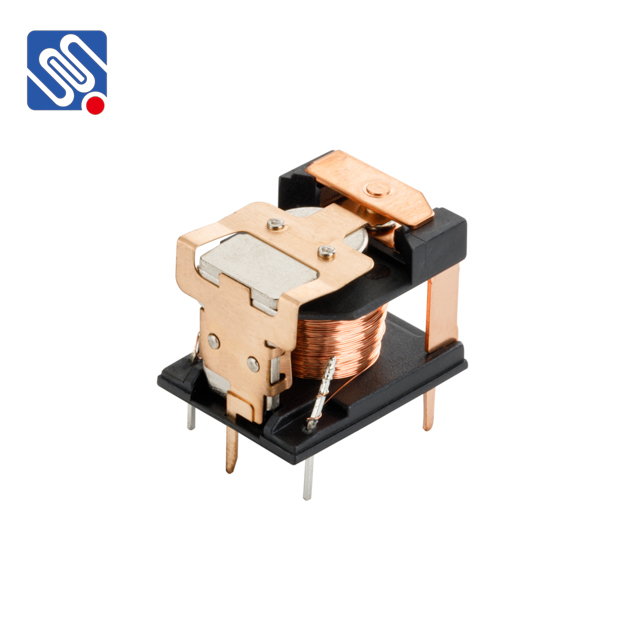a comparative analysis of relay systems: featuring meishuo
Release time:2025-03-19 06:10:05
Relays are essential components in electrical systems, playing a key role in controlling the flow of electricity between circuits. They function by using an electromagnetic coil to open or close contacts, allowing signals to be transmitted or interrupted. Over the years, various types of relays have been developed for different applications, from basic mechanical relays to advanced solid-state relays. In this article, we will compare some popular relay systems and highlight the unique features of Meishuo relays, a leading name in relay technology.

The Basics of Relay Technology
Before diving into the comparison, it’s important to understand how a relay works. A relay typically consists of a coil, an armature, contacts, and a spring. When the coil is energized, it generates a magnetic field that pulls the armature, causing the contacts to either open or close. This action can control the flow of electricity to other devices, such as motors, lights, or alarms. Relays come in various forms, including electromechanical, solid-state, and reed relays, each offering different benefits depending on the application.
Types of Relays
Electromechanical Relays (EMR) Electromechanical relays are the traditional type, often used for their reliability and ease of use. These relays have physical moving parts and are typically favored in low-to-moderate power applications. However, their mechanical nature means they are prone to wear over time, leading to potential failure and reduced lifespan. Electromechanical relays also tend to be slower compared to solid-state alternatives, making them unsuitable for high-speed applications.

